Fossil Site Reveals When Dinosaurs Were Wiped Out by the Asteroid
Thanks to extensive research by paleontologists around the world, we know that a wide variety of dinosaurs once walked the planet. For years, experts have believed that the dinosaurs went extinct when an asteroid hit the earth. Finally, they may actually have proof.
At a dig site in North Dakota known as Tanis, paleontologists believe they have found evidence that shows exactly how and when the mass extinction of dinosaurs occurred.
Tanis, North Dakota
In southwestern North Dakota in the United States sits an incredibly interesting geographical region known as the Hell Creek Formation.
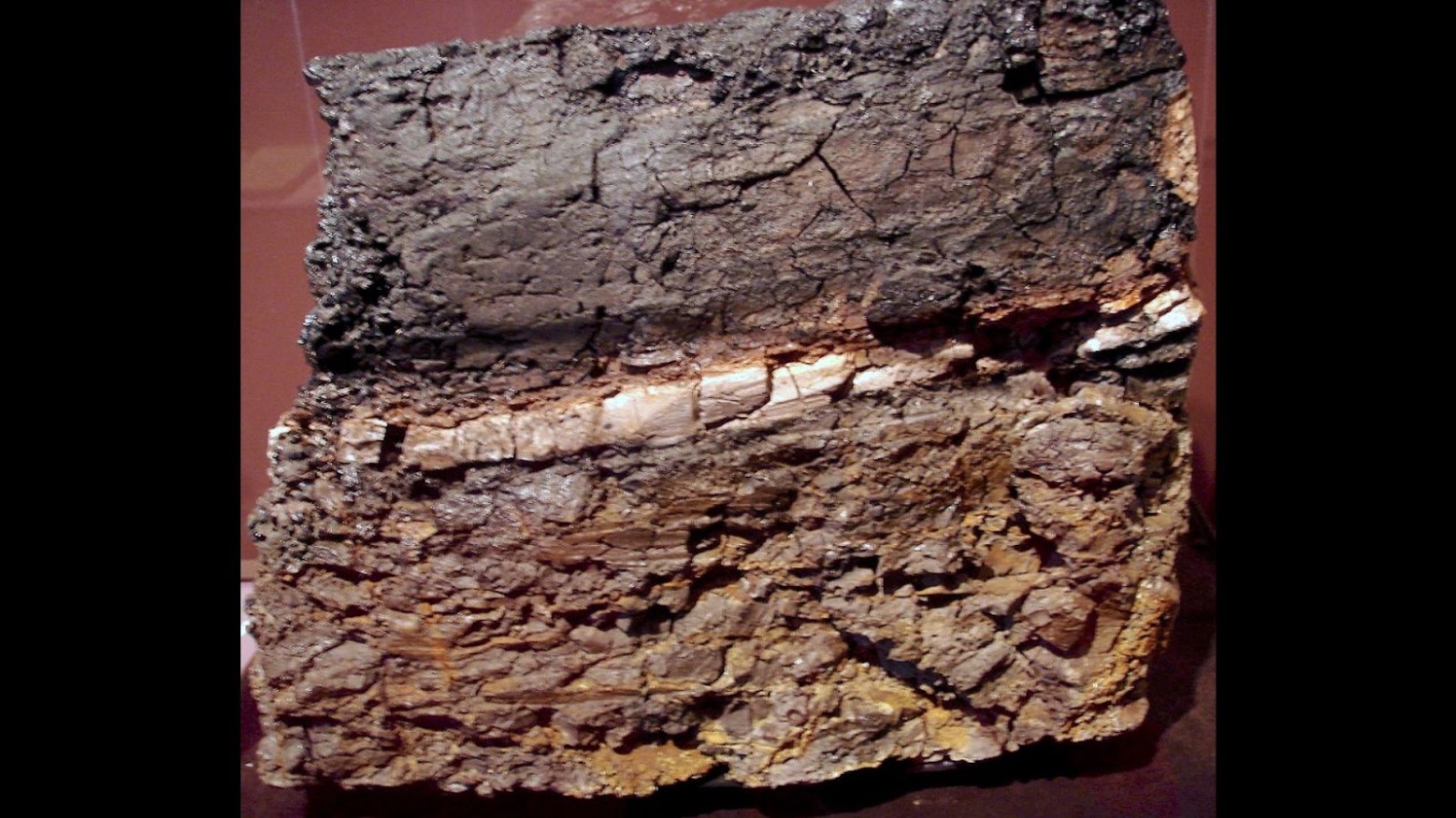
Source: Wikipedia
The site was first discovered in 2008, and for 15 years, geologists have been studying its unique configuration. The rock layers found in Tanis show a clear line between the Upper Cretaceous and Lower Paleocene eras, and within these layers of rock sit an almost unbelievable number of dinosaur fossils.
Studying the Effects of the Chicxulub Asteroid
Essentially, experts believe the rocks and fossils found in Tanis are evidence of the great Chicxulub asteroid that hit the Gulf of Mexico more than 66 million years ago.
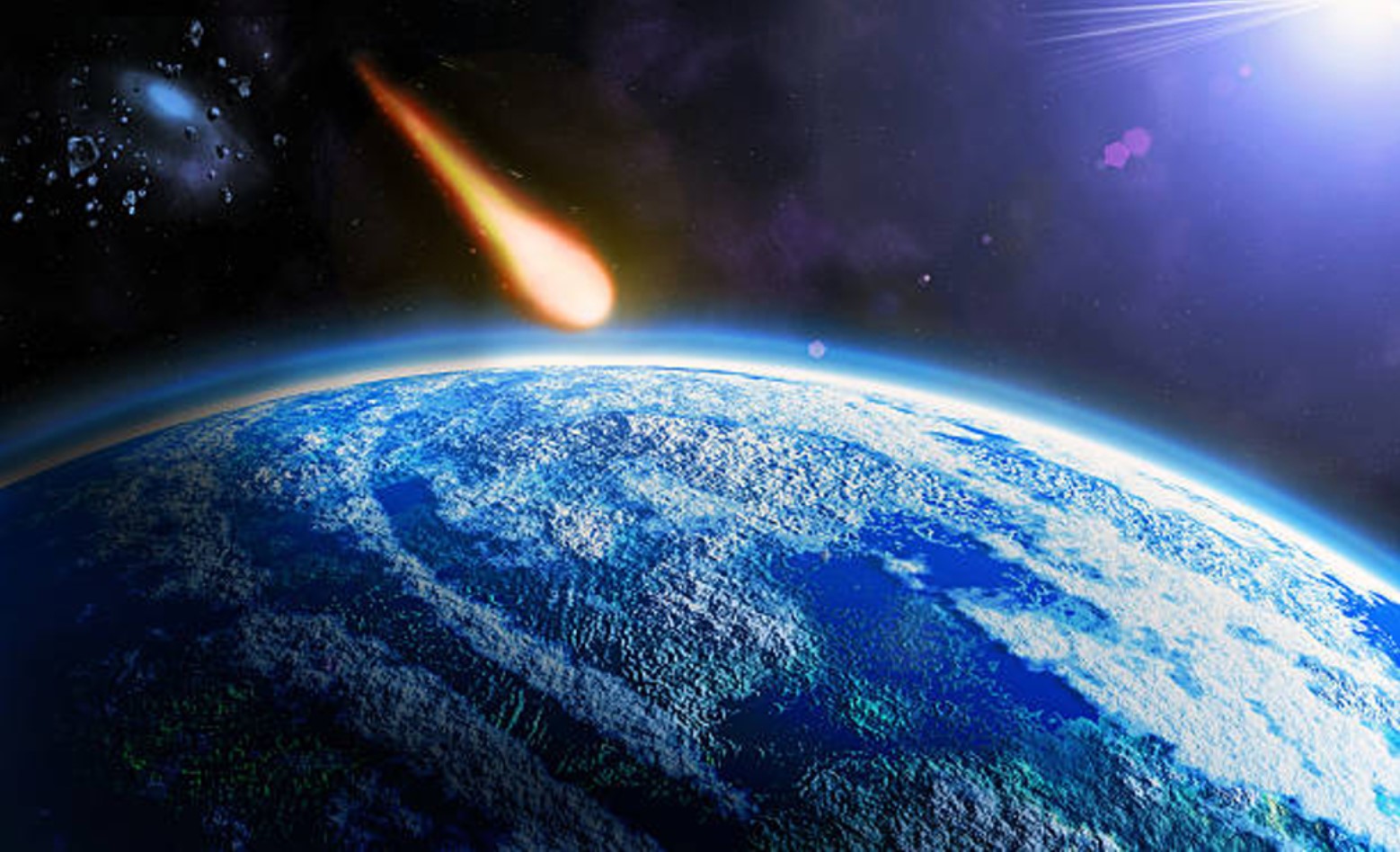
Source: iStock
The theory that the Chicxulub asteroid wiped out the population of dinosaurs that roamed the earth was originally proposed by Luis and Walter Alvarez. And while for years, it was just a theory, paleontologists from the Tanis dig site are claiming they now have hard evidence to prove its validity.
What Did They Find in Tanis?
Because the Tanis dig site sits on what was once a river, they have found a large variety of fish fossils in the rock.
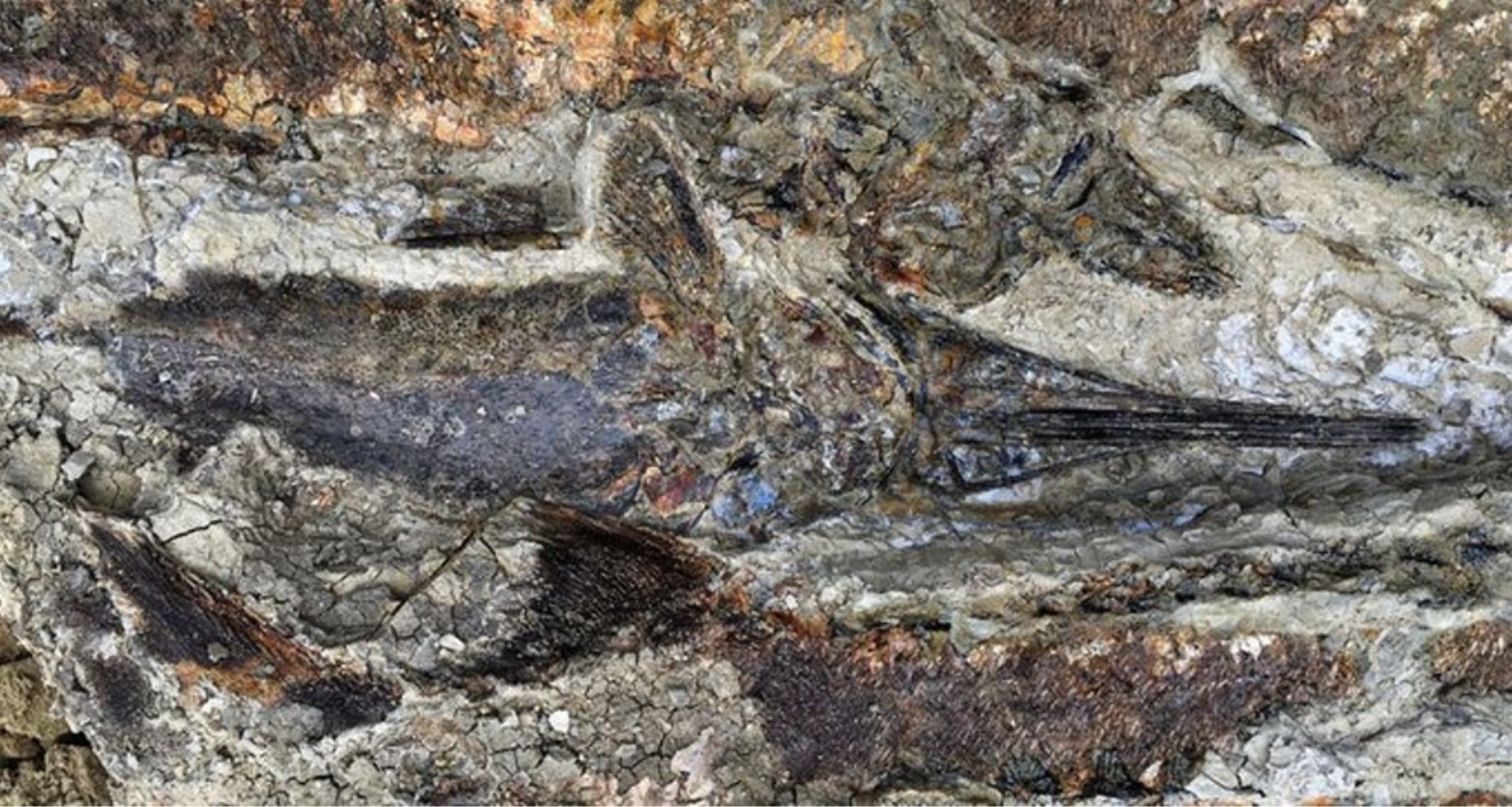
Source: @katewong/X
And specifically, they were able to determine that these fish had breathed in debris from the space rock that hit the Gulf of Mexico, 1,900 miles away.
How Can They Tell the Debris Was from the Asteroid?
While studying the remains of the ancient fish, researchers found “spherules,” which are essentially tiny glass balls that are created by the extremely hot sediments released from an asteroid impact.

Source: David A. King/LPI
According to their research, these spherules would likely have rained down from the sky about 15-30 minutes after the initial impact. And because the small glass remains were found only in the gills and not in the bloodstream, they have since deduced that the fish died immediately after the asteroid hit.
They Believe the Asteroid Hit Earth in the Springtime
With just these fish fossils, scientists were also able to study their bone growth. And they noted that while the fish bones grew significantly in the summer, the rate decreased in the winter months.

Source: Freepik
Along with the traces of carbon found within the bones that signify the amount of plankton consumed, they’ve theorized that the asteroid hit the earth when it was springtime in the northern hemisphere.
A Wave That Buried Dozens of Animals Alive
Additionally, they found that a wave of water, which flowed forth from the impact site, apparently buried dozens of animals, including turtle, small mammals, skin from a triceratops, and even a pterosaur inside an egg.
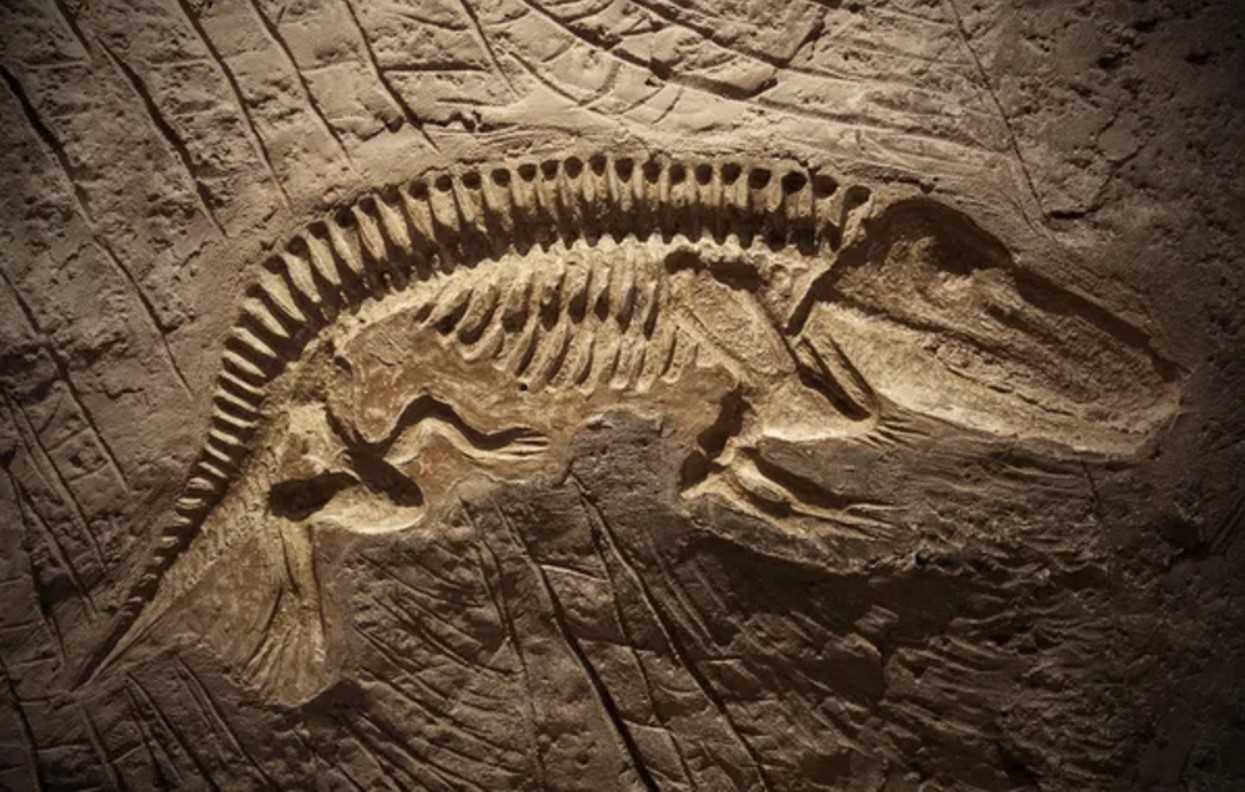
Source: Depositphotos
University of Manchester graduate student leading the Tanis dig, Robert DePalma explained, “We’ve got so many details with this site that tell us what happened moment by moment, it’s almost like watching it play out in the movies.”
Robert DePalma Has Taken His Findings to NASA
The bits of asteroid debris found in the fish gills were also found preserved in small pieces of amber. And Robert DePalma believes that researchers can use these samples to find out more about the asteroid itself.

Source: Flickr
DePalma was asked to explain his findings to NASA, because the organization strives to understand asteroids and other space rocks, as well as impact cratering.
Tanis Provides the Ultimate “Time Resolution”
Phillip Manning, who works as a professor of natural history at the University of Manchester, also explained to the press that, “The time resolution we can achieve at this site is beyond our wildest dreams.”

Source: iStock
One perfect example of this is an almost entirely intact dinosaur leg found in Tanis. The leg is especially interesting because it did not decay; the soft tissue remained intact as it was buried in debris.
DePalma Believes There Is Concrete Evidence the Chicxulub Asteroid Killed the Dinosaurs
DePalma told the press that thanks to finding the leg, he believes, “The only two supported scenarios here are that it died in the surge or that it died immediately before (the asteroid strike) but so close in time that it really did not have time to decay.”
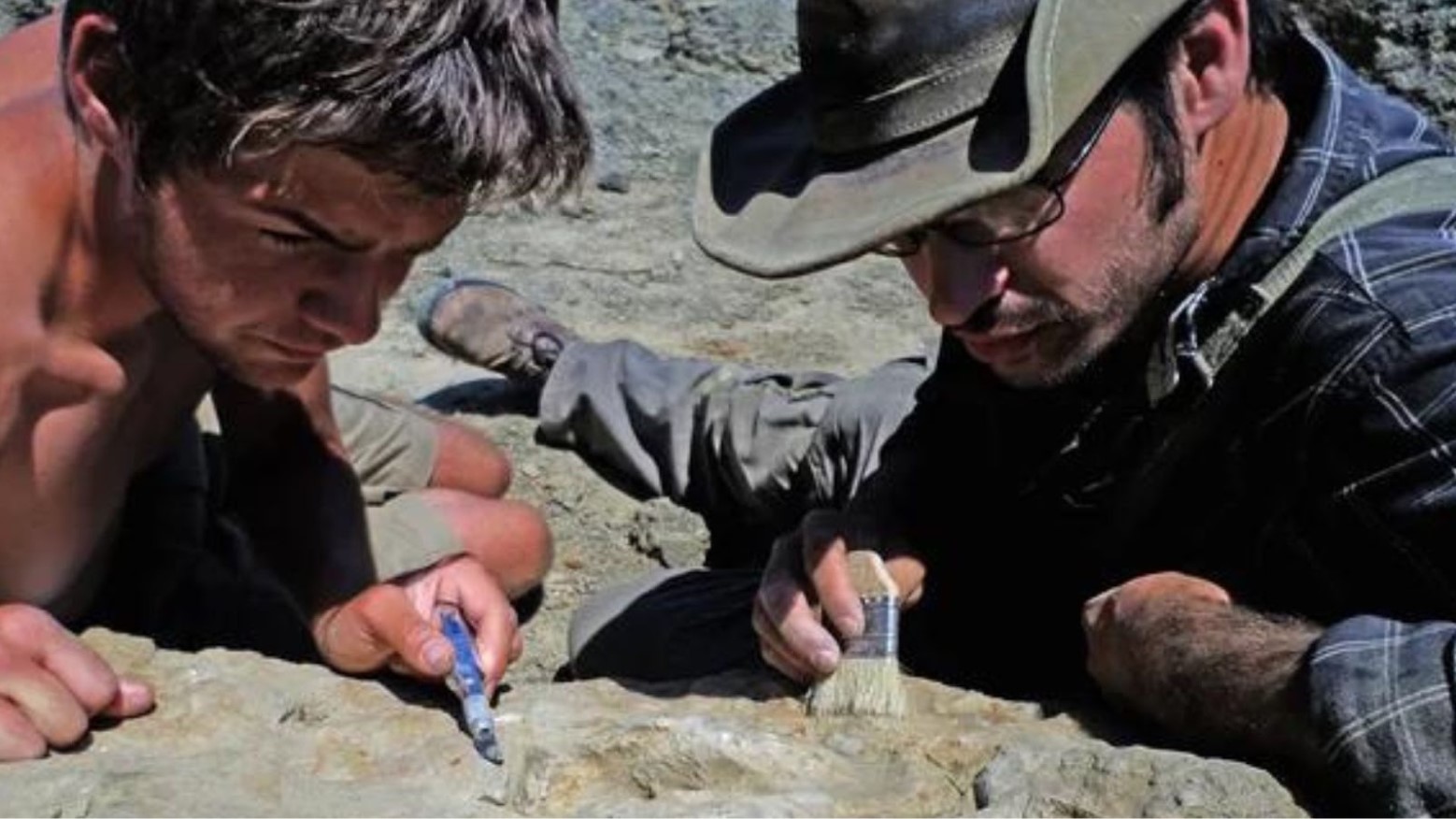
Source: Reddit
However, while DePalma and many other paleontologists and geologists are wildly excited about the findings at Tanis, others are skeptical and don’t agree this theory should be considered fact just yet.
The Documentary May Have Been Made Too Soon
After announcing his discovery to NASA and paleontologists around the world, DePalma decided to make a documentary called “Dinosaur Apocalypse” with the famous Sir David Attenborough.
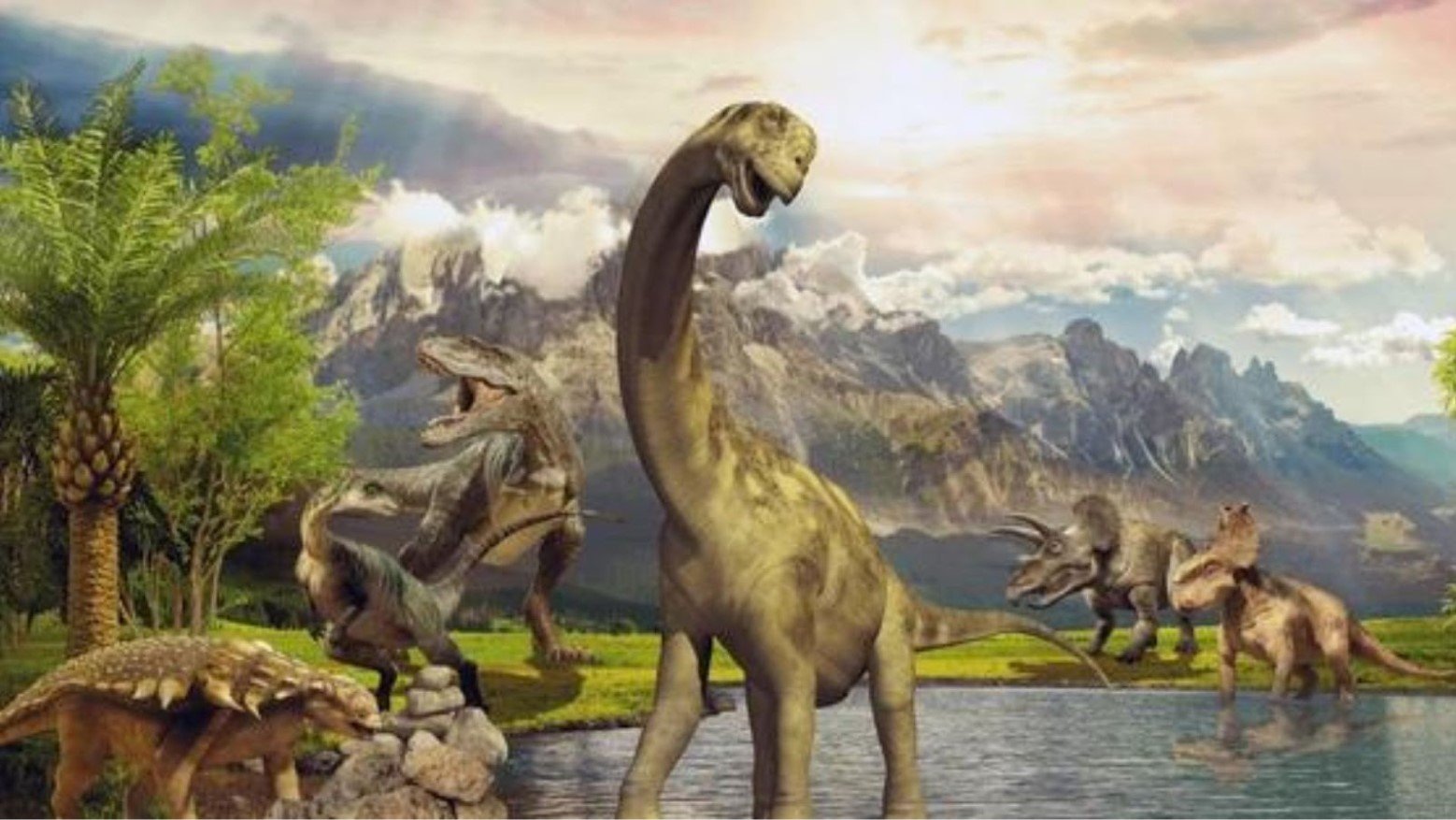
Source: Shutterstock
However, some experts are arguing that it was far too soon to tell the world they found what killed the dinosaurs, as the evidence will need to be peer reviewed for years to come before it can be trusted.
The Tanis Site May Be the First of Many
While DePalma and his team are trying to prove that their hypothesis is fact, other paleontologists and geologists have set to work finding other sites like Tanis, hoping they can provide additional evidence that dinosaurs did go extinct moments after the Chicxulub asteroid hit earth 66 million years ago.

Source: Freepik
Melanie During, a doctoral candidate from Uppsala University in Switzerland, explained, “More Tanis-like deposits are waiting to be found – and I am very much looking forward to what has been buried alive in those.”
